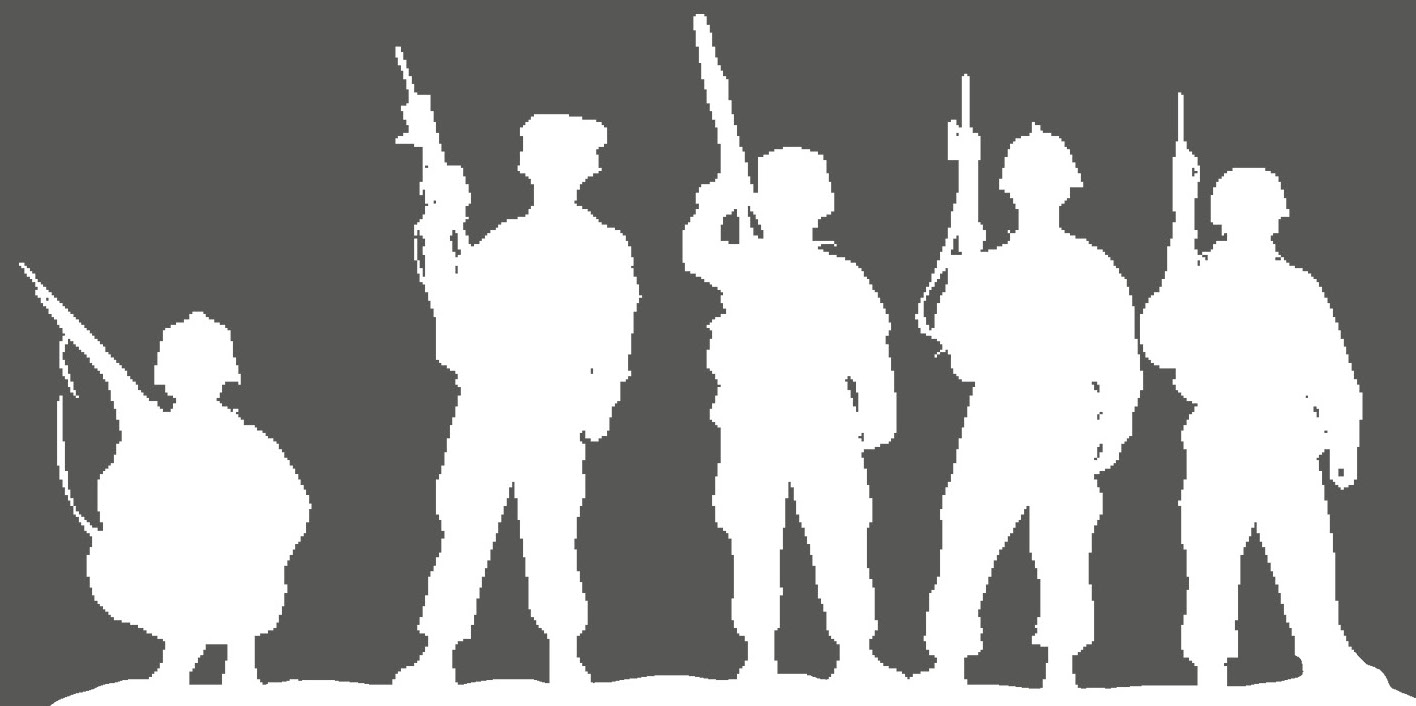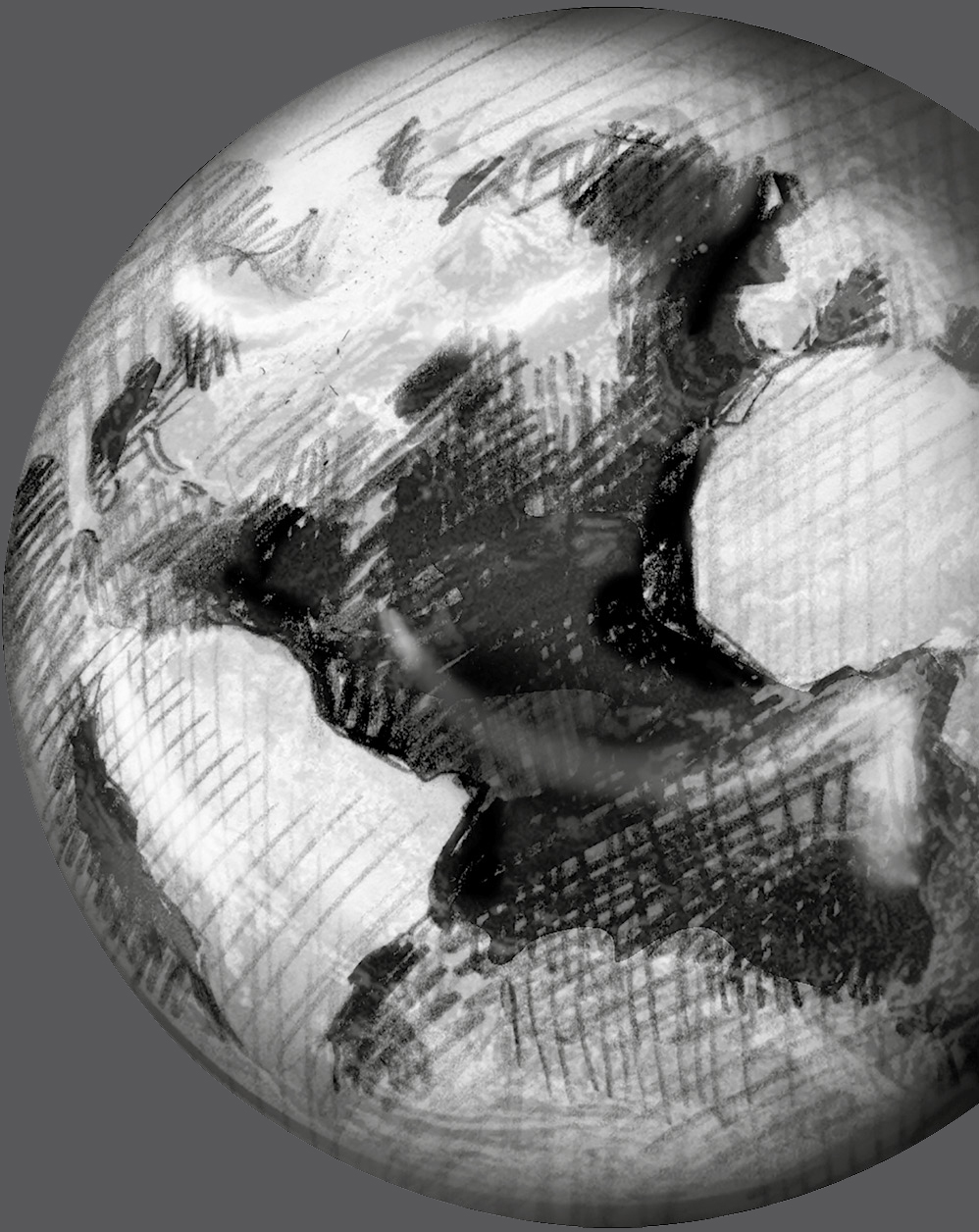Reflecting upon the one-hundred-year anniversary of the end of the First World War and today’s ongoing conflicts in the Middle East and beyond, it is difficult to discuss war and warfare with young readers. We want to imagine and share with future generations how war is a terrible exception to the general goodness that humanity can display. But the truth is that wars, and how they are fought, are in fact integral to mankind’s past and present, influencing every part of humanity’s development.
Despite its record of human devastation, the role of war is not always as negative as it seems. Across history, wars have forged nations, given birth to ideas and, yes, sometimes even righted the worst wrongs. War is not only for a bully nation, or for those with the worst intentions, but it is not always a mistake to avoid it. Finally, whether fought for good or ill, wars rely upon every function and corner of society. Thus to explain how the future of war and warfare might develop is to imagine the progress of all of mankind—our different societies and economies, cultures and beliefs, politics and power structures.
Rather than limiting this to my own answers, I would like to inspire your imagination as much as tell a story of the potential future. We will start at the beginning, and then examine the current trends that are likely to have a significant influence across society and war in the coming decades. It can only be brief, as the other essays in this book offer fantastic insights into the future on many issues that are important for where we could find ourselves in fifty years’ time.
I also want to share how I craft my own view of the future of war, using the limitless possible variations on three simple questions: who is fighting, why, and how. Exploring some of those will create the beginnings of a picture of the future. It will also provide a starting point for you to imagine possible futures and to think about how you might adapt or shape those trends over the coming years.
When we look to an imagined future, it is from the perspective of important new trends that will have both global and local effects. From climate change to artificial intelligence, growing megacities to the interconnectivity of global communications—like the Internet—the paths of humanity are changing in response to a worldwide technological and economic revolution on the scale of the Industrial Revolution. This emerging world will shape conflict as today’s ways of doing things struggle to meet tomorrow’s challenges, as those with the power to do so adapt to take advantage of the opportunities, and as our motivations for war shift.
What trends do I think will most affect the course of the future, and thus conflict?
I would identify the rapidly evolving worlds of technology, social politics and climate as the three big areas that will help to define the coming decades.

Let’s begin with technology. Advances in computing and related technology promise to reshape human life in unprecedented ways, with artificial intelligence, nano-worlds, robotics, and bioengineering—all areas you might find yourself working in at some point in the future. Self-sustaining and thinking products and machines will improve some aspects of life while displacing human activity and perhaps even controlling others. The participation of humanoid robots, autonomous drones, or functionally invisible nano-bots on the front lines of future conflict would seriously change the combat environment and laws of war.
Secondly, social politics. Socially and culturally, changes to how we see gender and sexuality are accelerating, particularly in the armed forces. For example, are the Kurdish women who are currently fighting ISIS in Syria at the vanguard of a new world of equality between the sexes? It is likely so, as across the globe in Africa, Europe, and the Americas, women—as well as those who identify as gay or transgender—are increasingly joining conflicts as fighters. How they will adapt and change the cultures and fighting of the armed forces could range from minor edits to a metamorphosis in tactics, doctrines, and equipment. Politically, we also face shifting beliefs and politics that are rearranging how power is created and divided globally.

Finally, our climate. As climate change affects more of humanity, the devastation from storms and droughts, dwindling resources, polluted water and air, and effects we have not yet identified, could drive more to fight in a desperate bid to survive.
In all, the world as it exists today is already creating the changes to the future that will shape war.
Against these trends, we can begin to consider how to expand and answer the three essential questions of who fights, why, and how.
If we think about the first—who—this question includes which states or groups are willing to go to war, as well as which members of society will bear the brunt of the fighting. Mass armed forces of the state—whether professional troops or those conscripted—have been the standard for several centuries. But the rise of terrorist organizations suggests that the state will increasingly have to share the battlefield with other combatants. Those whose reasons for fighting are not related to their country of birth or nationhood, but extend beyond that—such as eco-warriors—may fight in forms adopted by extremist groups like al-Qaeda: sub-state (within the country, as small units) and transnational (including members from more than one nation).
Thinking of state armed forces, it’s debatable whether the mass armies, navies, and air forces of twentieth-century warfare—like those used on D-Day and shown in movies like Dunkirk—will continue. Smaller military forces that are dominated by their use of technology will require a different mix of skills drawn from segments of society that may not have usually served in armies of the past: programmers, drone operators, and coders rather than Special Forces Marines! But even as some conflicts will need something other than the state model of forces personnel, other conflicts could depend on groups of countries working together in an alliance to deal with “mega” issues like the destruction of a major city because of a storm.

Why people—whether grouped in state armed forces or in other forms of fighting units—are willing to fight is also shifting. The nationalisms and ideologies that drove war in the twentieth century are abating, and giving way to a multitude of issues that look hard to resolve without armed conflict. Instead of patriotism, for instance, it is now often ethnic identity or religious beliefs that have become a common means to organize anger and will—a source of trouble in today’s world that seems likely to continue as an engine of conflict. And as more people live in cities in a world where climate change can have major effects, or a viral pandemic can have a devastating impact, we can expect to see more nonstate groups fighting in defense of the environment or resources, and more states taking action against communicable disease.
The last of my three questions—how we will fight—is perhaps the most difficult to imagine. The conflicting developments in technology and society can either lead us to a depopulated, automated battlefield or to more ancient, personal forms of violence. While nations on the rise, like China, India, or Brazil, invest in the traditional massed armed forces, Russia is allegedly experimenting with hacking, groups like ISIS are in conflicts with visible savagery, and the US is at the forefront of unmanned military technology, like drones. It will be over the next decade or two that we determine which of these will prevail, and in what combinations.

We can only explore ideas about how the future may turn out, as it will be driven both by forces we know about—and by those we don’t. But I hope that this essay will inspire you, the reader, to think more about it. Take the three questions proposed here—who, why, and how—and think about the possibilities yourself. Not only should this be an interesting experiment for you, but it also just might help you to prepare for the world to come, the world of your own future.

